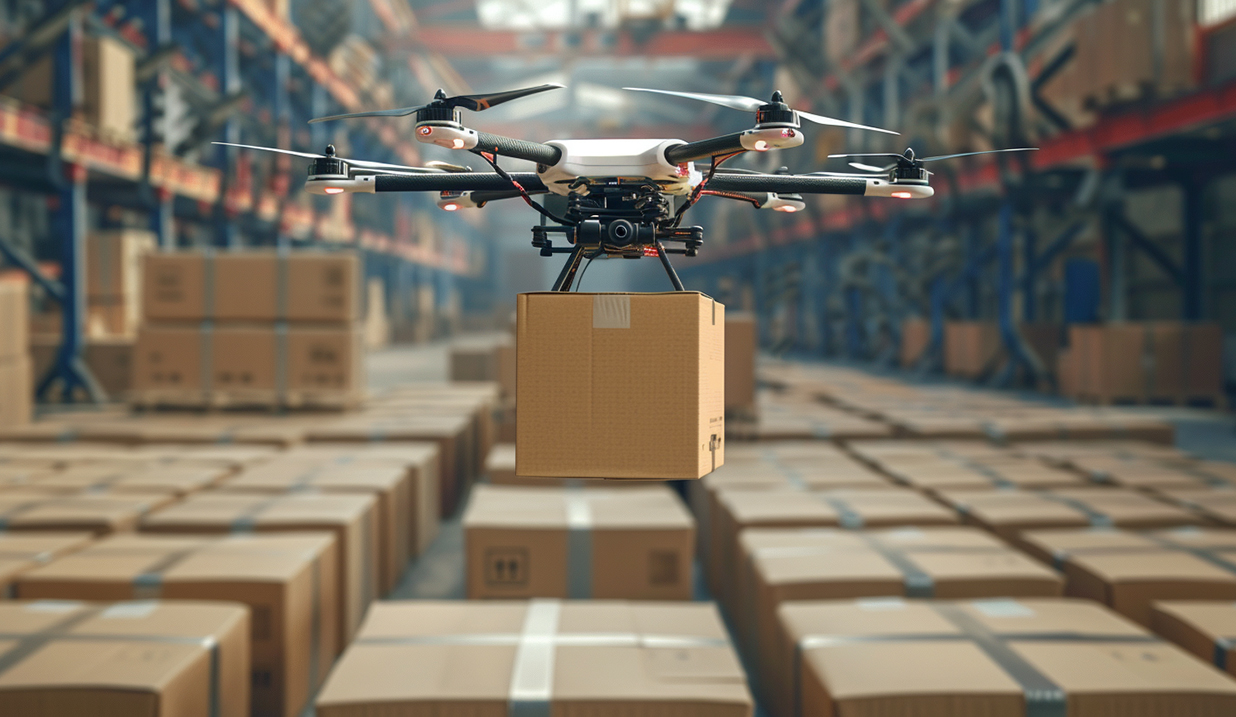
WIRELESS CHARGING IN THE NEWS
In the wave of intelligent manufacturing and industrial automation, orbital inspection robots have gradually become the right-hand assistants in all kinds of factories and complex equipment environments. With the introduction of wireless charging technology, the robot no longer relies on physical contact during charging, which greatly improves the flexibility and efficiency of operation. However, while wireless charging technology brings many conveniences, it also presents a new set of challenges to the charging environment and devices. When implementing wireless charging solutions, a number of key factors need to be taken into account to ensure an efficient and safe charging process.
For orbital inspection robots, the primary consideration of wireless charging is the placement and alignment of charging equipment. In the application of electromagnetic induction and magnetic resonance technology, the alignment accuracy between the transmitter and the receiver directly affects the charging efficiency. If there is a deviation between the two, the energy transmission efficiency will be greatly reduced, and may even lead to charging failure. Although magnetic resonance technology is more relaxed in the alignment Angle than electromagnetic induction, it is still necessary to ensure that the robot can maintain a suitable distance and position with the charging transmitter during operation to achieve the best charging effect. Therefore, when planning the wireless charging station, it is particularly important to reasonably design the matching between the installation Angle of the charging transmitter and the robot path.
Secondly, environmental factors also have an impact on the wireless charging process that cannot be ignored. The energy transmission of wireless charging depends on electromagnetic fields, and the propagation of electromagnetic fields is easily affected by metal obstacles, magnetic field interference and ambient temperature. For example, in some industrial environments, there may be a large number of metal devices near the orbit, and these metal objects may interfere with the propagation path of the electromagnetic field, resulting in energy loss or unstable charging. Therefore, ensuring that the charging area is away from interference sources and regularly monitoring the environmental changes around the charging device are necessary measures to maintain a stable charging process.
The sustainability and efficiency of wireless charging is another key concern. Since the orbital inspection robot usually needs to run uninterrupted for a long time during task execution, ensuring the efficiency of wireless charging has become the core factor to extend its working time. However, limited by the existing technical conditions, some wireless charging methods may have energy loss problems during transmission, resulting in prolonged charging time. Therefore, when deploying a wireless charging system, the balance between charging power, transmission distance and robot use frequency should be reasonably evaluated to ensure that the charging device can provide sufficient power support. At the same time, optimizing the charging cycle and reducing the unnecessary waiting time during the charging process can effectively improve the overall operating efficiency of the robot.
Finally, the durability and security of the device are also a non-negligible part of wireless charging. Because wireless charging equipment is exposed to industrial environment for a long time, it is easy to be eroded by dust, moisture and other factors, and the sealing and protection of the charging transmitter and receiving end need special attention. In addition, the issue of electromagnetic radiation during wireless charging also needs to be considered, and it must be ensured that its radiation intensity is within a safe range to avoid adverse effects on the operator or peripheral equipment. Therefore, regular maintenance and safety testing are important steps to ensure the normal operation of wireless charging systems.
With the continuous progress of technology, the application of wireless charging of orbital inspection robots will be more and more extensive. By optimizing the design and management of charging equipment placement, environmental monitoring and equipment protection, wireless charging technology will provide continuous power support for robots more efficiently and safely, and promote the further development of intelligent inspection technology.







